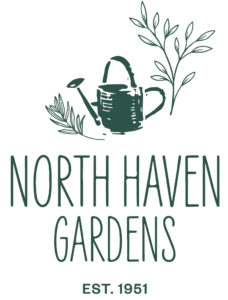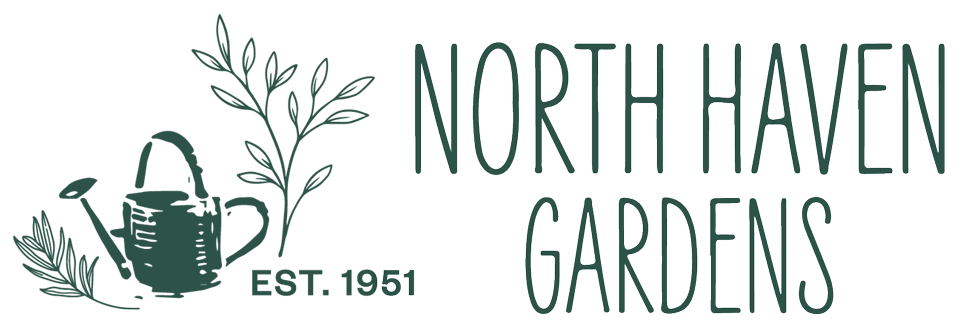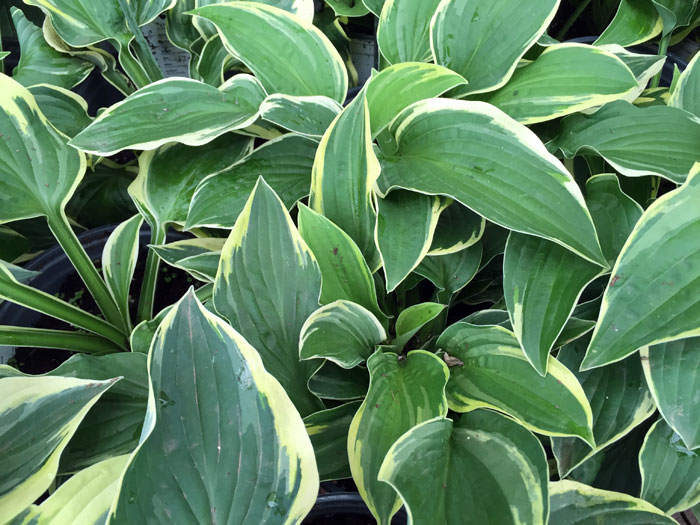The first caladium described, Caladium bicolor, was a comparatively drab green-and-white plant collected in 1773…
Top Plants That Grow in the Shade for Your Garden
One of the most surprising discoveries to new employees in retail garden centers is how much shade there is in North Texas, and how many customers are stymied when it comes to landscaping shady areas.
Drought-tolerant xeriscapes and rock gardens? No problem.
Full-sun pollinator and Texas native flower beds? Everyone loves them.
But bring on the shade and even the most confident gardener gets nervous. Let’s review the basics of planting in shady spaces, then take a top-to-bottom look at some of the best plants to put there.
Planning Your Garden
It’s important to observe how much shade a space gets, especially during the growing season and the heat of summer: is it sunny in the morning and shady in the afternoon (often the case in east-facing landscapes)? Perhaps sunlight filters through the leaves of an overarching tree, creating dappled shade. Heavily-treed landscapes may have dense, all-day shade.
Almost all plants need at least some sunlight, and matching plants to appropriate light & shade conditions is crucial to shade gardening success. It’s also helpful to note that the vast majority of shade-loving plants like excellent drainage, nutrient-rich soil, and slightly acidic fertilizers and mulches.
In planning your shady space, factor in the effort and expense of amending our heavy clay soils to improve drainage and maintain a topdressing of pine straw or pine bark for acidity.
Plants for Shaded Areas
With those basics taken care of, it’s time for the fun of planning. Trees and large shrubs form the backbone of a landscape plan, and Japanese maples are a classic focal point in part-shade gardens. They are available in a variety of sizes and with dramatic growth habits and stunning foliage throughout the growing season. Even in winter, when they’ve dropped their leaves, the bark and shape of the plant makes a lovely focal point in the winter garden.
In planning, remember that Japanese maples do best in filtered light – they scorch in Texas summer sun, but they do need some light to promote the lovely colors of the foliage. Shorter than trees, shrubs can provide a solid mass of color, and many popular shade shrubs provide beautiful blooms: gardenias, peonies, hydrangeas, and azaleas, to name just a few.
Other evergreen perennials offer distinctive foliage year-round: giant leopard plant, aucuba, and the well-named “cast iron plant” – aspidistra – which will flourish in full, dense shade. All of these come in both solid and variegated varieties which can add color and texture to dark corners.
Two deciduous Texas native shrubs are great additions to the shady garden. American beautyberry is covered in blooms along the branches in spring, then in clusters of purple berries that attract birds in the fall. Turk’s cap is a versatile native that can tolerate full sun to full shade and any soil condition. No hummingbird can resist the unique blooms of this tough plant.
Tucked at the base of trees and shrubs, you’ll often find “the three H’s” – perennial hellebores (Lenten rose), heucheras (coral bells), and hostas. With their striking blooms and a wide range of foliage colors and textures, it’s easy to see why these are a mainstay of shady gardens.
Equally popular are ferns. There are many perennial ferns to choose from, some evergreen and some that die back in winter, in a variety of sizes and foliage from lacy to leathery.
Finally, there are groundcovers. Ajuga is a favorite, with foliage from pale pink-purple to almost black. Ivy does well in shady gardens, and it’s available with a range of leaf sizes and colors that add a pop of color year-round. Two Texas natives – horseherb and frogfruit – will slowly spread to fill in a space, and both have tiny flowers that attract our smallest pollinators.
The final touch, and one that can add variety and interest throughout the year, is the addition of annuals. Whether they are used in borders or mass plantings, in containers and hanging baskets, or simply to fill in a bare spot while you decide on perennials to establish in that space, annuals are generally an inexpensive, easy-to-plant option. In the heat of summer, consider annuals like impatiens, crossandra, Persian shield, and caladiums (available as bulbs or sprouted plants). When temperatures moderate, incorporate primrose, cyclamen, and “Johnny jump-up” violas for blooms that will thrive in all but the coldest winters.
For gardeners going from “Nothing grows in the shade!” to “Oh no! There are too many choices!”, North Haven Gardens’ Garden Coach program can help. In a private appointment with an experienced garden coach, you can review your part-shade landscape and get the advice you need on plant selection, planting, and maintenance to turn your shady garden into a showplace. Learn more at https://www.nhg.com/garden-coach-program/.



